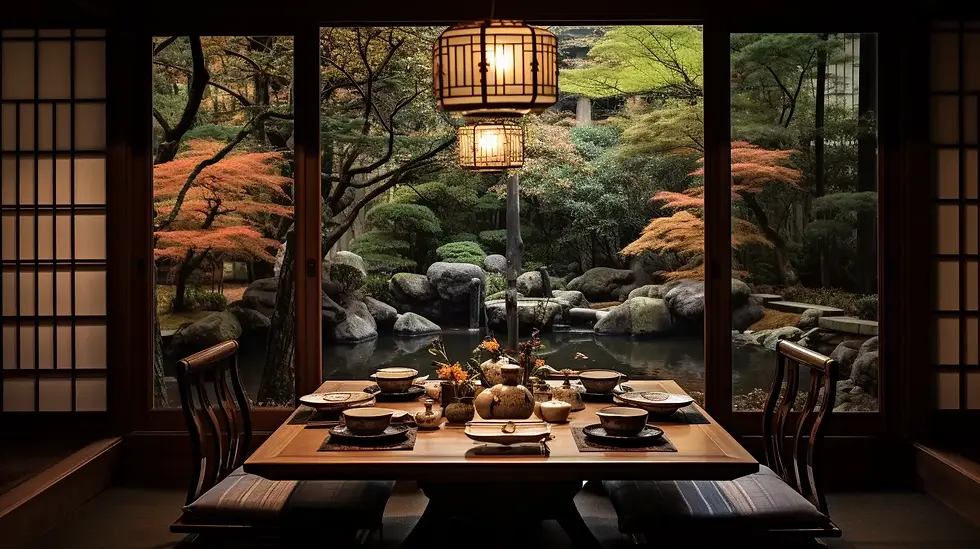Japanese Etiquette and Protocol Sheet - By Peerless Etiquette
- Mrs. Benjamin

- May 3, 2024
- 2 min read
Updated: Apr 12

At Peerless Etiquette, we believe that Omotenashi isn't just a fancy term – it's a guiding principle for living well. It's all about being selfless, attentive, and respectful in every interaction.
Selflessness lies at the heart of Omotenashi. It means putting others first, ensuring their comfort and happiness above our own. Whether it's anticipating their needs or going the extra mile to ensure their satisfaction, it's all about making guests feel truly cared for.
Being attentive is another key aspect. It means tuning in to what others need, even before they ask. It's about listening closely, making eye contact, and offering personalized attention that shows guests they matter.
And of course, respect is paramount. It's about honoring others' time, space, and preferences. Regardless of who they are, everyone deserves to feel valued and included in our hospitality.
So, at Peerless Etiquette, we embrace Omotenashi as more than just a philosophy – it's a way of life that ensures everyone feels welcomed and cherished.
When eating with Japanese people, it's essential to be mindful of their customs and etiquette to show respect for their culture. Here are some key points to remember.
Chopstick Etiquette:
Don't stick chopsticks upright in a bowl of rice; it resembles a funeral ritual.
Don't pass food directly from one pair of chopsticks to another; this also resembles a funeral custom.
Don't point with chopsticks or use them to move dishes around.
Rest chopsticks on the chopstick holder or across the edge of your plate when not in use.
Slurping:
In Japan, slurping noodles, particularly ramen, is not considered impolite. It's actually a sign that you're enjoying the meal.
Pouring Drinks:
If someone pours you a drink, hold your cup with both hands to receive it as a sign of respect.
If you're pouring drinks for others, pour for them first before pouring your own.
Soy Sauce:
Use soy sauce sparingly and avoid drenching your food in it.
Dip sushi fish-side down into the soy sauce to avoid soaking the rice.
Eating Sushi:
Eat sushi in one bite if possible.
Don't separate the rice from the fish.
Use your fingers if sushi is difficult to manage with chopsticks.
Finishing Your Meal:
It's polite to finish everything on your plate, as leaving food may indicate that you're still hungry and could be interpreted as a criticism of the meal.
Expressing Appreciation:
After the meal, it's customary to express gratitude by saying "Gochisousama deshita" (ごちそうさまでした), which means "Thank you for the meal."
Seating Arrangements:
Wait to be shown to your seat rather than seating yourself.
If you're the guest of honor, you may be seated in a specific position, such as facing the door.
Tipping:
Tipping is not customary in Japan and may even be considered rude. Exceptional service is already included in the price.
Following the Lead:
If you're unsure about any particular etiquette, observe the behavior of your Japanese companions and follow their lead.
By observing these etiquettes, you'll not only show respect for Japanese customs but also enhance your dining experience and foster good relationships with your hosts or fellow diners.



Comments